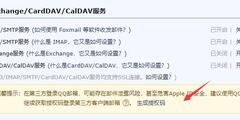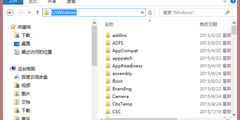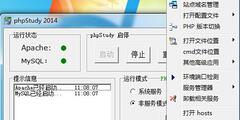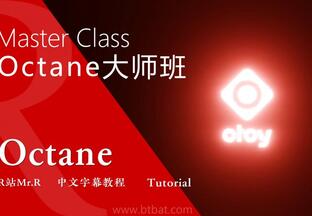为添加自动更新缓存功能,实现发布新文章或者是更新文章之后立即自动刷新缓存。本文代码来自 v7v3.com。
第一步在网站根目录添加 cache.php 文件,内容为:
<?php
define('CACHE_ROOT', dirname(__FILE__).'/cache');
define('CACHE_LIFE', 86400); //缓存文件的生命期,单位秒,86400 秒是一天
define('CACHE_SUFFIX','.html'); //缓存文件的扩展名,千万别用 .php .asp .jsp .pl 等等
$file_name = md5($_SERVER['REQUEST_URI']).CACHE_SUFFIX; //缓存文件名
//缓存目录,根据 md5 的前两位把缓存文件分散开。避免文件过多。如果有必要,可以用第三四位为名,再加一层目录。
//256 个目录每个目录 1000 个文件的话,就是 25 万个页面。两层目录的话就是 65536*1000=六千五百万。
//不要让单个目录多于 1000,以免影响性能。
$cache_dir = CACHE_ROOT.'/'.substr($file_name,0,2);
$cache_file = $cache_dir.'/'.$file_name; //缓存文件存放路径
if($_SERVER['REQUEST_METHOD']=='GET'){ //GET 方式请求才缓存,POST 之后一般都希望看到最新的结果
if(file_exists($cache_file) && time() - filemtime($cache_file) < CACHE_LIFE){ //如果缓存文件存在,并且没有过期,就把它读出来。
$fp = fopen($cache_file,'rb');
fpassthru($fp);
fclose($fp);
exit();
}
elseif(!file_exists($cache_dir)){
if(!file_exists(CACHE_ROOT)){
mkdir(CACHE_ROOT,0777);
chmod(CACHE_ROOT,0777);
}
mkdir($cache_dir,0777);
chmod($cache_dir,0777);
}
function auto_cache($contents){ //回调函数,当程序结束时自动调用此函数
global $cache_file;
$fp = fopen($cache_file,'wb');
fwrite($fp,$contents);
fclose($fp);
chmod($cache_file,0777);
clean_old_cache(); //生成新缓存的同时,自动删除所有的老缓存。以节约空间。
return $contents;
}
function clean_old_cache(){
chdir(CACHE_ROOT);
foreach (glob("*/*".CACHE_SUFFIX) as $file){
if(time()-filemtime($file)>CACHE_LIFE){
unlink($file);
}
}
}
ob_start('auto_cache'); //回调函数 auto_cache
}
else{
if(file_exists($cache_file)){ //file_exists() 函数检查文件或目录是否存在。
unlink($cache_file); //不是 GET 的请求就删除缓存文件。
}
}
?>
第二步在网站根目录添加 del.php 文件,内容为:
<?php
define('DEL_DIR',dirname(__FILE__).'/cache');
function deleteAll($path) {
$op = dir($path);
while(false != ($item = $op->read())) {
if($item == '.' || $item == '..') {
continue;
}
if(is_dir($op->path.'/'.$item)) {
deleteAll($op->path.'/'.$item);
rmdir($op->path.'/'.$item);
} else {
unlink($op->path.'/'.$item);
}
}
}
if( $_GET['up'] == 1 )
deleteAll(DEL_DIR);
第三步在根目录的 index.php 的require('cache.php');
一定要加到文件的最上方,不然等页面完全加载完了才吐出缓存页面那就等于没缓存一样。
第四步将以下代码加入到当前使用的 wordpress 主题的 functions.php 文件中。
function PushCache(){
$PushUrl = home_url('/').'del.php?up=1';
$request = new WP_Http();
return $request->request($PushUrl);
}
add_action('publish_post', 'PushCache');
add_action('delete_post', 'PushCache');
add_action('post_updated', 'PushCache');
add_action('publish_page', 'PushCache');

















That's not just the best anwsre. It's the bestest answer!